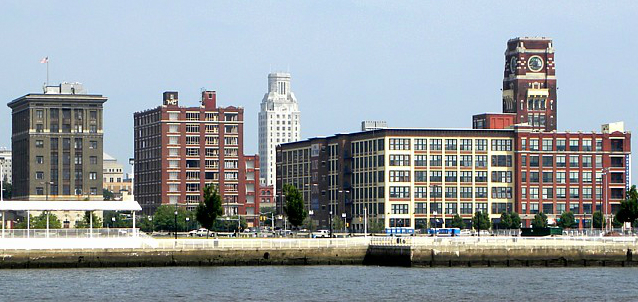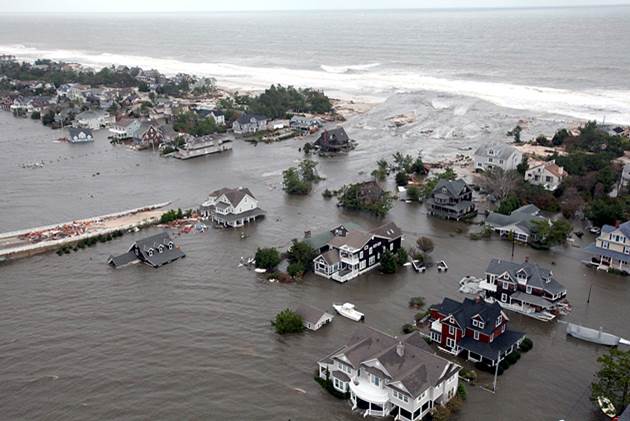New Jersey Future Blog
2003 Year in Review
December 31st, 2003 by New Jersey Future staff
- Development or “land use change” has been ranked as the number one threat to New Jersey’s environment and its residents by the New Jersey Comparative Risk Project, an independent panel of experts commissioned by the state. (9/23/03)
- New Jersey will fall short of its voter-approved “million acres” open space goal by at least 350,000 acres, largely because of the rising costs of land. We can’t preserve all the land that needs saving by buying it. (9/22/03)
- Another way to measure sprawl’s impact is by the investment it takes away from cities and older suburbs. Nearly one in five homes in Camden is vacant (19 percent), the highest percentage of any non-resort city in the nation. (1/17/03)
- Hudson County has the highest percentage of commuters using transit in the state, at 34 percent. If workers in Morris and Somerset counties were able to use public transit at even half of Hudson County’s rate, it could take almost 50,000 cars off roads, including the traffic-clogged Route 287 corridor, every rush hour. (2/13/03)
- More than 60 percent (63.4 percent) of all households in New Jersey have no children under 18, a number that’s gradually growing. Such households have limited housing choice in New Jersey. Less than half of all housing available (44.7 percent) is made up of attached housing, including townhomes and apartments; and most of this stock is concentrated in older urban areas. (5/16/03)
- More than half of New Jersey’s affordable housing is offered in only 12 communities: Newark, Jersey City, Camden, Trenton, Atlantic City, Paterson, Hoboken, East Orange, Elizabeth, West New York, Orange and North Bergen. Nearly half of all municipalities (256) list no affordable units at all. (6/5/03)
- Without a strong link to planning, impact fees have a mixed record in managing growth. One study found that an Illinois town which imposed impact fees of about $5,000 per unit still experienced a 102 percent growth in population between 1980 and 1990; while another Illinois town with impact fees of about $3,000 saw a population growth in the same period of only 20 percent. (3/21/03)
- New Jersey ranks as a national leader in land conservation. Some 24 percent of our state is securely preserved. Another 16 percent has been targeted for preservation. We are first in the percentage of farmland that is preserved, and fourth in total acreage. (4/18/03)
- Every year, the state converts another 18,000 acres or 28 square miles to development, an area roughly two times the size of Jersey City. Population growth alone is not to blame; we are consuming land at roughly three times the rate of population growth. (9/22/03)
















